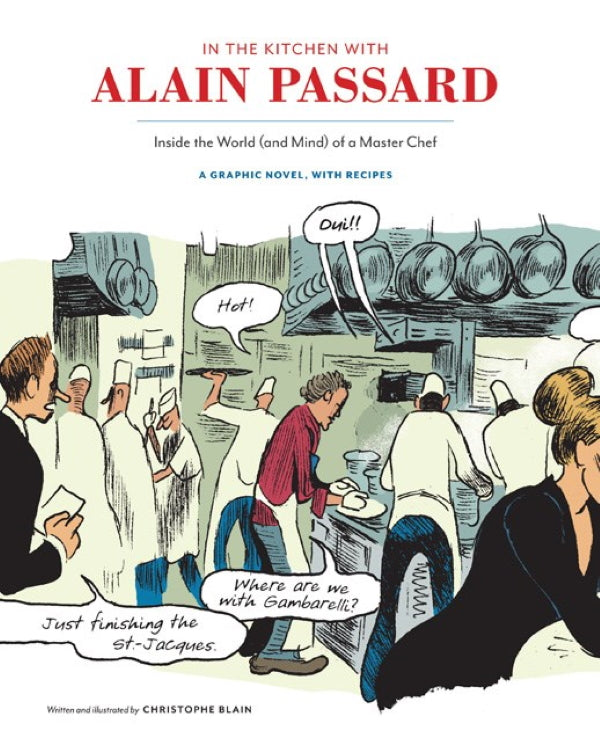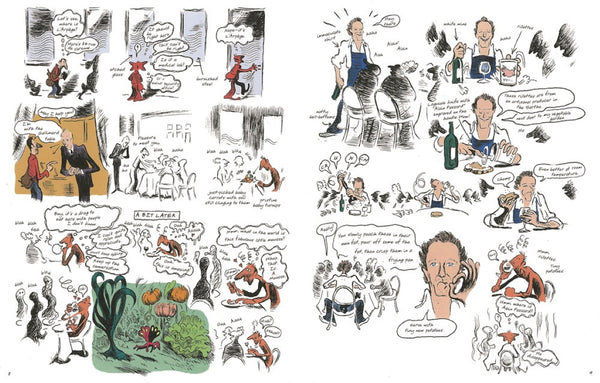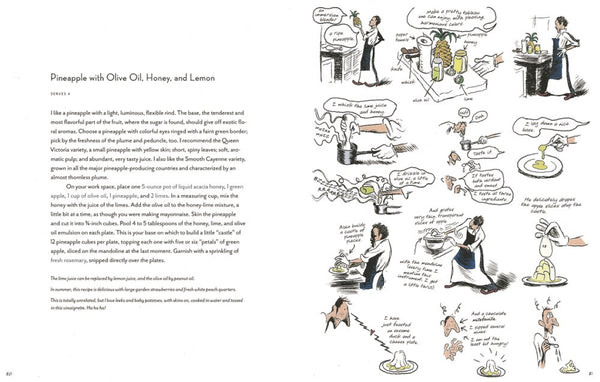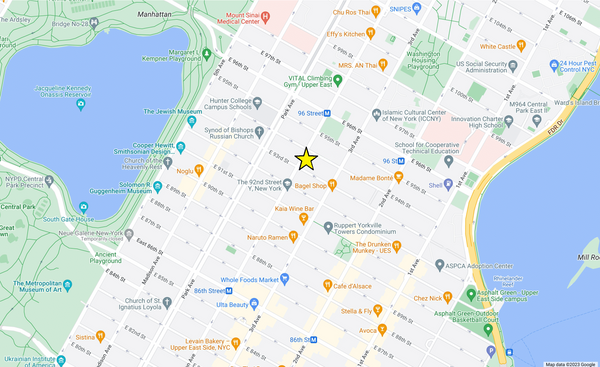It should not be surprising that a graphic artist would be taken with the world of fine cooking. From the chefs of ancient Rome who realized that a brilliantly prepared dish of scarce red mullet could not just be dropped unceremoniously onto a platter, to the extravagant presentations of Carême at the tables of the aristocracy, to the plate artistry of today, the visual aspect of food has been a vital element. For the highly admired French illustrator Christophe Blaine, the creativity of the brilliant chef Alain Passard was too good to be ignored.
Passard (1956– ) is himself an artist in almost every sense of the word. A native of Brittany, he discovered early on that performance with food was what he wanted to do. Getting his training, developing his skills and his credentials from such icons as Alain Senderans in his kitchen at L’Archestrate, he absorbed the importance of colors, shapes, aromas, and textures as vital supporting elements of taste.
The best materials for pursuing those qualities, he discovered, were to be found in the plant kingdom. Although not a true vegetarian, and far from being vegan, he used the qualities of the growing things to develop his own gastronomic vocabulary and a visual palate to bring it to full flower.
In 1986, Passard bought L’Archastrate from Senderans and changed its name to L’Arpège (“arpeggio”—to honor his own passion for music). The emphasis was a rich, vegetable-dominated menu—haute cuisine in a new and unaccustomed sphere. To supply his restaurant with what he needed and to retain full control of his ingredients, he established biodynamic kitchen gardens in various French regions, giving him an enviable ability to have the best—in the right time and when it was needed.
By 1996, L’Arpège had achieved its third Michelin star, and, before long, such future chefs as Pascal Barbot, founder of Restaurant L’Astrance, and David Toutain had put worthwhile time in its kitchen.
Blain’s graphic-novel rendering provides an entertaining—but nonetheless rigorous—examination of Passard, his thinking, and his mode of working. Covering the vegetable gardens, all the steps from there to the kitchen and then to the table, he provides an honest, behind-the scenes view of creativity translated into the real world of business. This is not done as a continuing, orderly narrative but as a collage of the many elements of what makes it all work.
In taking it in, the reader derives insights into the the operations of the kitchen—when it goes right and what can go wrong—the maintenance of quality in ingredients and the ways they are handled, the staff—front and back of the house—and even the customers and their place in the process. Artist and chef, clearly working closely, dig into every cranny of a fascinating operation, striving to deliver all that it should.
The vehicle for this tour de force is a collection of fifteen of Passard’s recipes, which are followed through with Blain “documenting” the entire process. Utterly fascinating, at first encounter it will probably just be skimmed, but then it should read—every word, every image. We know little else like it.
Published in 2011 in France by Gallimard, the book was translated into English and issued by Chronicle in 2013. Our copy is unused and in Fine condition. It is true that some critics originally regarded this book as just a gimmick. We strongly disagree and find it both highly enlightening and great fun to read.




